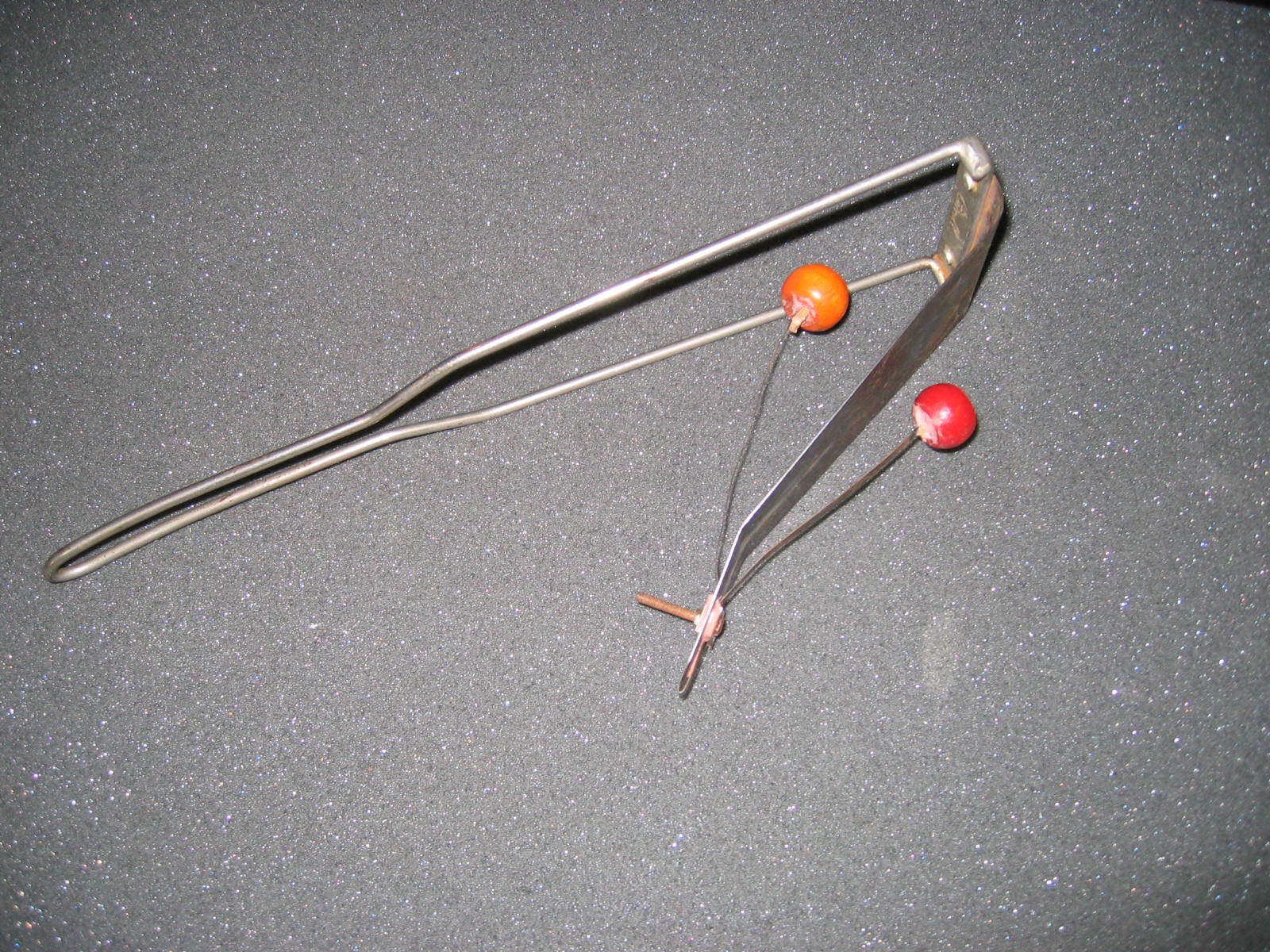There are several types of percussion instruments. One classification under percussion is the idiophone, wherein it can be made to vibrate in several ways. Relatively, most of the idiophones were either struck or vibrate. An example of this is the instrument called flexatone.
The flexatone, also known as fleximetal, is a percussion instrument that consists of a flexible metal sheet suspended in a wire. This instrument has a thin and small metal sheet fastened from one end to the other. The metal plate of the flexatone is hit alternatively on each side by wooden or rubber beaters or balls that are attached to a clock spring. It produces a tremolo effect as well as a glissando effect, depending on the thumb pressure.
This type of modern percussion is usually used in classic cartoons due to its unique glissando, a glide from one pitch to another. According to musicians, the flexatone is comparable to the musical saw when it comes to tune. The musical saw or singing saw is also said to be the predecessor of the flexatone. It is a hand saw that can provide a glissando effect, much like the flexatone.
Precisely, the flexatone is also called an ‘indirectly struck instrument.’ Initially, this instrument was patented in the 1920s in Britain. Subsequently, the history of the flexatone became remarkable after it was patented in New York in the year 1924. In the United States, it was franchised by a company called Playatone Company. It was that time when it was used as a funny sound effect for theatres and in jazz music. With its association in jazz music, it was reportedly made the jazz jazzier when combined with orchestra bells, musical saw, and song whistles. Back then, it was used in jazz bands, but rarely on orchestral music.
However, in Germany, the flexatone was banned, along with other instruments like cowbell, as it was deemed alien to the German spirit. As well as that, it was part of the censorship and attack at jazz, a genre that most Nazis detested. In addition, a full set of rules for Jazz musicians who wanted to perform were issued from the 1930s to 1940s.
Most commonly, the flexatone was also used in Reggae music. In fact, from years 1970s to the 1980s, the flexatone was used by percussionists in Reggae. Aside from jazz and Reggae, the flexatone was also used in classical music, in pop recordings, as well as in other genres. Notable musicians who associated the flexatone in their classical music were Gyorgy Ligeti, Hans Werner Henze, and Arnold Schoenberg. Sometimes, the flexatone can also be heard in funk music. It is also occasionally used in film or cartoon soundtracks to represent a paranormal phenomenon.
In playing the flexatone, the performer must hold the flexatone in one hand, with the palm around the instrument’s wireframe and the thumb on the free side of the spring steel. Afterward, the instrument must be shaking in order to move its wooden balls on either side of the metal blade. While shaking the flexatone’s handle, the performer makes a low or high pitch sound that depends on the pressure from his thumb. As the thumb puts pressure on the metal sheet, a relative pitch will be produced. Although the flexatone has a very limited dynamic range, its volume can be controlled by how delicate or vigorous the performer shakes the instrument. Additionally, the flexatone is notated using tremolo lines to indicate the shaking of the instrument, as well as the desired direction of the glissando line.
In 20th century contemporary music, the term flexatone was used for the instrument, musical saw. Some of the composers who have used it for the musical saw were Ernst Krenek in his Jonny spielt auf opera in 1927, Dmitri Shostakovich in his first opera titled The Nose in 1929, and Arthur Honegger in his three-act opera called Antigone from 1924 to 1927. Additionally, Aram Khachaturian also used the flexatone in his Piano Concerto in D flat major in 1936. Hans Werner Henze also used this instrument in his opera entitled The Elegy for Young Lovers in 1961.

